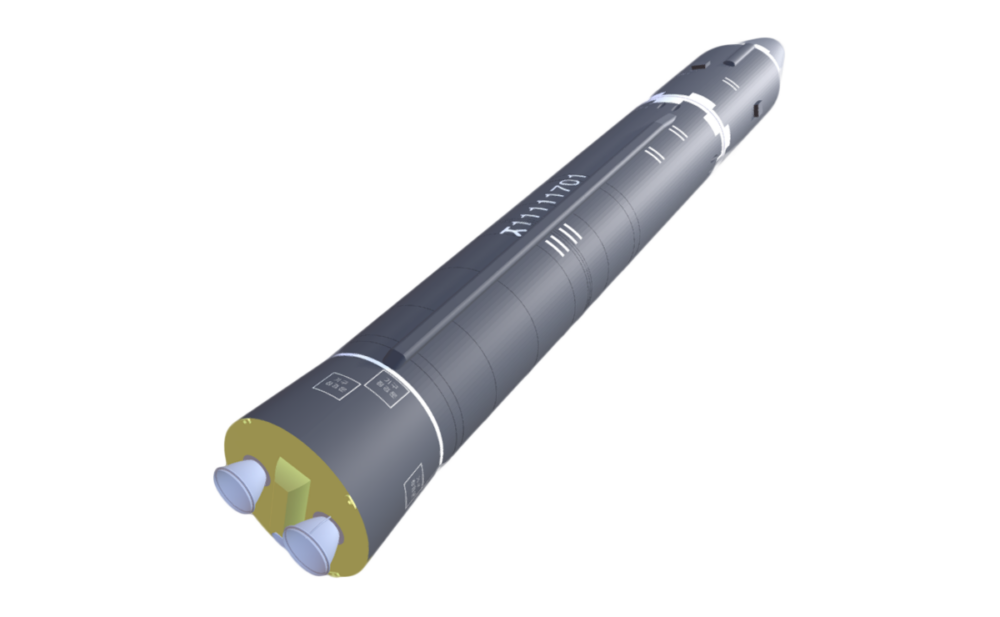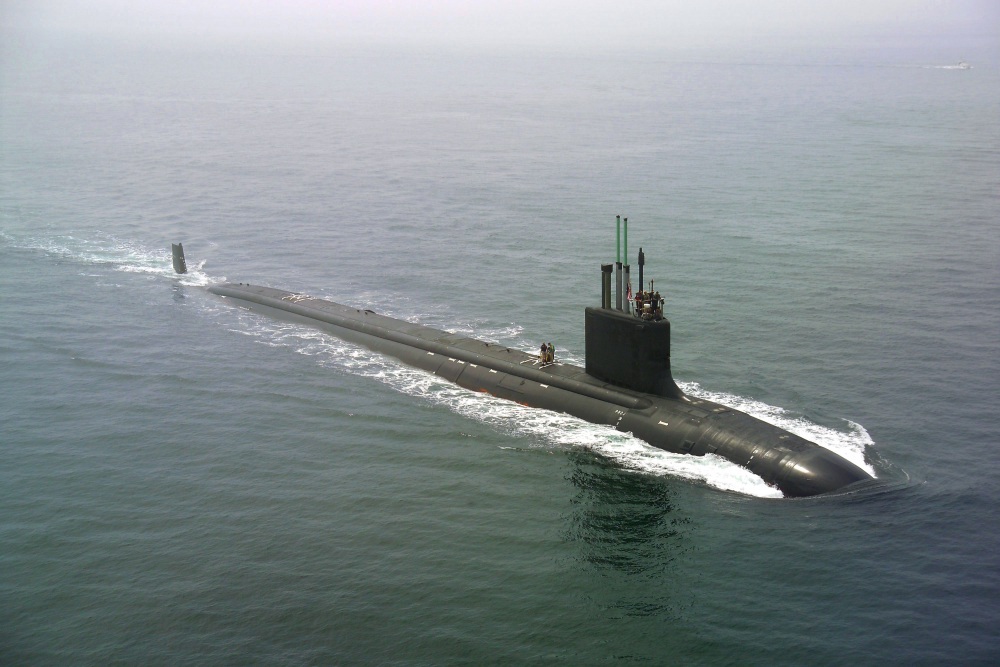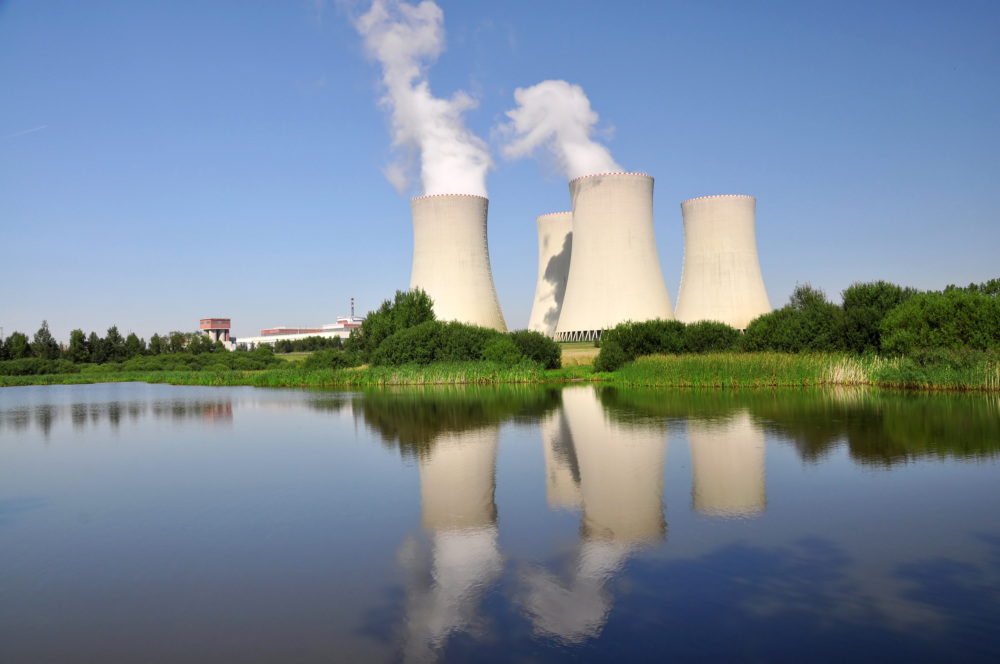
The CNS North Korea Missile Test Database
A collection of missile tests including the date, time, missile name, launch agency, facility name, and test outcome.
A collection of missile tests including the date, time, missile name, launch agency, facility name, and test outcome.
View global trends in sale and acquisition of diesel- and nuclear-powered submarines, information on capabilities, imports and exports.
At this critical juncture for action on climate change and energy security, 20 NGOs from around the globe jointly call for the efficient and responsible expansion of nuclear energy and advance six key principles for doing so.
Information and analysis of nuclear weapons disarmament proposals and progress in Belarus
Information and analysis of nuclear weapons disarmament proposals and progress in Russia
The co-conveners and participants of the Euro-Atlantic Security Leadership Group call for the re-establishment of basic principles relating to security and nuclear order.
Overview of Yemen's nuclear, chemical, biological, and missile capabilities and nonproliferation activities.
Information and analysis of nuclear weapons disarmament proposals and progress in North Korea
Information and analysis of nuclear weapons disarmament proposals and progress in China
Information and analysis of nuclear weapons disarmament proposals and progress in Ukraine


